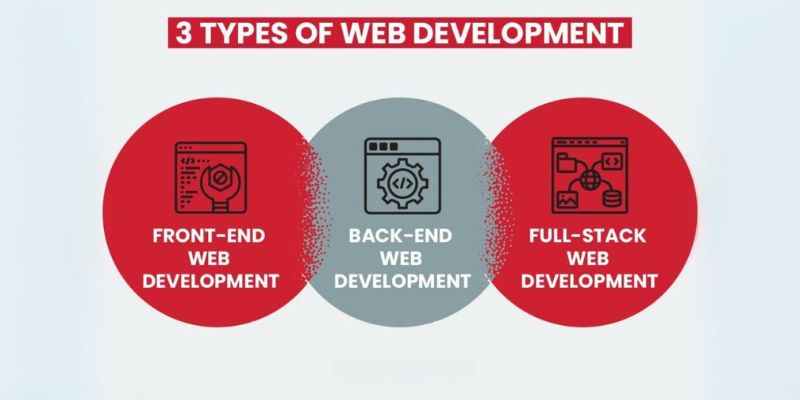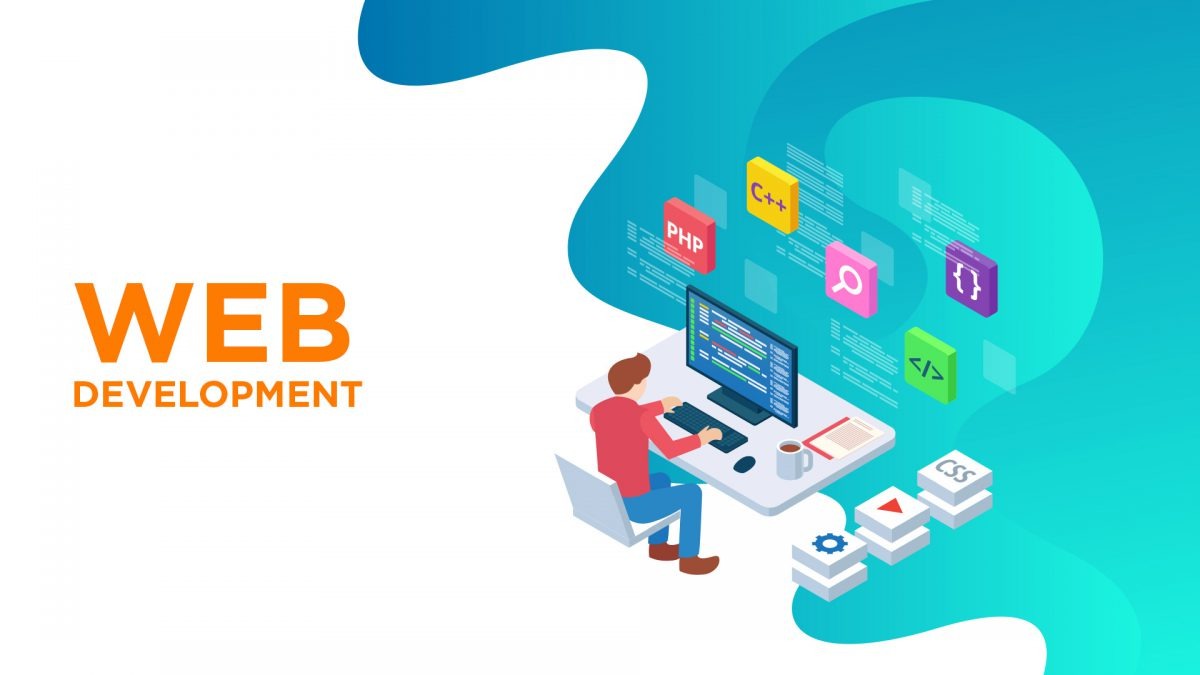Web Development Tips to Boost Sales in 2024.
Last updated on August 5, 2024
Introduction
In the dynamic landscape of modern business, the significance of an effective online presence cannot be overstated. For small businesses, Web Development emerges as a crucial tool, not only to establish a digital footprint but also to drive sales and foster growth. Join us on an extensive exploration of web development, uncovering its essence, the tangible benefits it brings, key design principles, the languages and frameworks that power it, and the essential layers that constitute a successful website.
What is web development?
Web development is the process of creating and maintaining websites, encompassing various tasks such as web design, content creation, coding, and server management. It goes beyond mere aesthetics, focusing on functionality and user experience to create a digital space that engages visitors and converts them into customers.
Benefits of Web Development:
User-Friendly Design Interface:
A user-friendly design interface is paramount in web development. It ensures that visitors can easily navigate the website, find relevant information, and make purchases without encountering unnecessary complications. Intuitive design contributes to a positive user experience, fostering trust and loyalty.
Faster-loading Website:
In the fast-paced online world, users demand speed. A faster-loading website not only enhances the user experience but also positively impacts search engine rankings. Web development techniques that prioritize speed contribute to reduced bounce rates and increased conversions.
Mobile-Friendly and Responsive:
With the surge in mobile device usage, ensuring that a website is mobile-friendly and responsive is crucial. Web development practices that prioritize responsive design guarantee that the website adapts seamlessly to various screen sizes, providing a consistent and enjoyable experience across devices.
Ease of Navigation:
An intelligently developed website prioritizes ease of navigation. A well-structured navigation menu and intuitive layout guide visitors through the content effortlessly, reducing bounce rates and encouraging prolonged engagement.
Popular Web Development Languages and Frameworks:

HTML:
HTML serves as the backbone of web development, defining the structure of web pages. It delineates the elements on a page, such as headings, paragraphs, and images, laying the foundation for content presentation.
CSS:
CSS complements HTML by styling web pages. It dictates the layout, colors, and fonts, ensuring a visually appealing and consistent presentation. CSS plays a crucial role in creating an aesthetically pleasing user interface.
JavaScript:
JavaScript adds interactivity to websites, making them dynamic and responsive. It enables features like image sliders, form validation, and real-time updates, contributing to a more engaging user experience.
React:
React, a JavaScript library, is renowned for building user interfaces, particularly for single-page applications. It facilitates the creation of reusable UI components, streamlining the development process, and enhancing efficiency.
Angular:
Angular, a TypeScript-based framework, provides a comprehensive toolkit for building dynamic web applications. Its features include two-way data binding, dependency injection, and modular architecture, making it a powerful choice for frontend development.
3 Types of Web Development

Frontend Development:
Frontend development focuses on creating the user interface and experience. It involves implementing designs using HTML, CSS, and JavaScript, ensuring a visually appealing and user-friendly presentation.
Backend Development:
Backend development deals with the server side of web applications. It includes server management, database interactions, and server-side scripting to ensure the smooth functioning of the website.
Full-Stack Development:
Full-stack development involves working on both the front end and back end of a website. Full-stack developers possess a comprehensive skill set, allowing them to handle everything from user interface design to server-side scripting.
Conclusion:
In conclusion, web development emerges as a powerful ally for small businesses aiming to boost sales and establish a strong online presence. The benefits span from creating user-friendly designs and faster-loading websites to ensuring mobile responsiveness and ease of navigation. Choosing the right web development languages and frameworks, such as HTML, CSS, JavaScript, React, and Angular, empowers businesses to craft dynamic and engaging websites.
Understanding the layers of web development, including full-stack, frontend, and backend development, enables businesses to make informed decisions about aligning their digital strategies with their goals. The smart small business recognizes that web development is not merely a technical process; it’s a strategic investment in creating an online environment that resonates with the audience, builds trust, and ultimately drives sales.
In a world where the digital landscape is ever-evolving, web development becomes a cornerstone for small businesses seeking growth and success. The journey towards an effective online presence is not just about creating a website; it’s about crafting a dynamic, sales-driven digital future that propels businesses towards sustained success.
December 25, 2023



